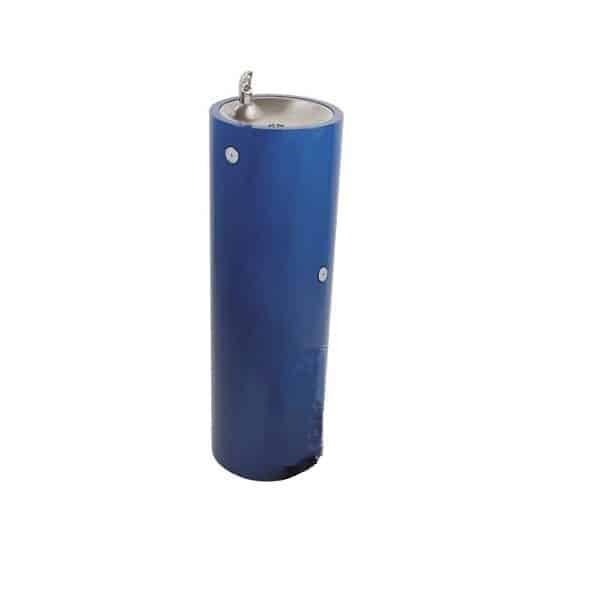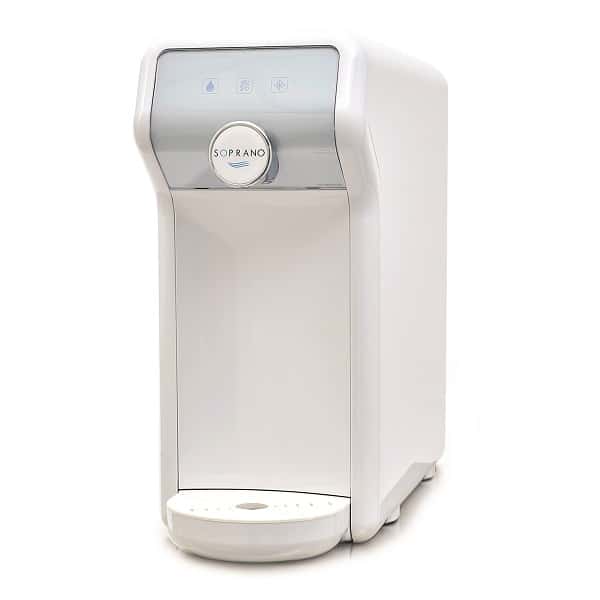Academy
Spa brands
In this section you will find a range of practical information related to our solutions. In the articles, we share our experience, discuss implementation steps and highlight good practices. It is a reliable source of information and advice on the provision of drinking water in public spaces, the legal regulations in this area, the benefits of installing drinking water dispensers and the technological aspects in this field.
We look forward to reading!
Drinking water springs in public spaces - why should there be more and more of them?
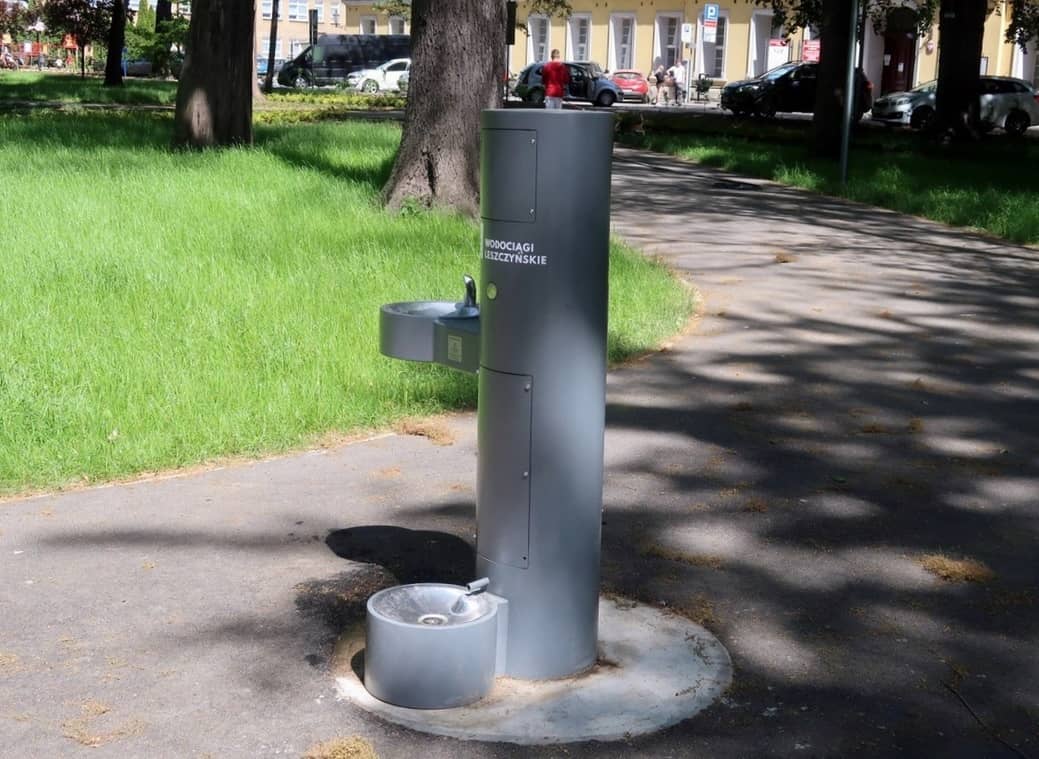
Universal access to drinking water in public spaces has been the norm for many years in Western European and North American cities. In many of them, drinking water springs were established as early as the 19th century and in some cases even much earlier. Today, in Poland too, there is increasing talk of the need to provide as many places as possible with public access to water. Why are drinking water springs in public spaces so important? What can we do to increase their number?
What are drinking water sources?
A drinking water well, also often referred to as a watering hole, a water supply or a spring, is a device that provides a public, free access to potable water from the municipal water supply system. They make it possible for everyone to drink fresh water, regardless of the time or lack of funds. In this way, one of the basic needs of every human being is realised.
Viewed from a legal and technical point of view, drinking water springs in public spaces are classified as so-called tap fittings. This is a piece of equipment in the water supply network that allows water to be drawn directly from the water supply. Fire hydrants, among others, are assigned to a similar category.
Drinking water wells in parks - fighting for the environment
What is the case for municipalities to invest in public access to drinking water sources? First and foremost, it is nod to residentswho, thanks to the availability of public drinking springs, do not have to buy water in the supermarket whenever they feel thirsty. This translates not only into saving moneybut above all it allows real take care of the environment. How?
Good public access to drinking water significantly reduces the demand for bottled drinks. Consequently there is also a reduction in the amount of plastic waste generated. People are more willing to use reusable bottles, refilling them at drinking water spas when they have the opportunity. This benefits the environment, which is not littered with more plastic waste. Public access to drinking water springs thus provides a simple way to go green.

Are drinking water springs in public spaces healthy?
There are often doubts about whether this way of drawing drinking water is hygienic and safe for health. Fortunately, there is nothing to fear! Drinking water sources installed in public places are designed to allow for as the most hygienic water intake.
There are special hygienic flushing systems for spasThe water is then discharged in a cyclic pattern to remove any dirt or deposits without the need for staff intervention. Cyclical water discharges prevent stagnation and ensure the correct water temperature, ensuring high quality and hygiene of the spa.
People want drinking water springs in public places
About drinking water outlets are becoming increasingly popular with the public and more and more people are becoming aware of the need for public access to good quality drinking water is evidenced, among other things, by how often such proposals appear in the civic budget projects of various municipalities and cities.
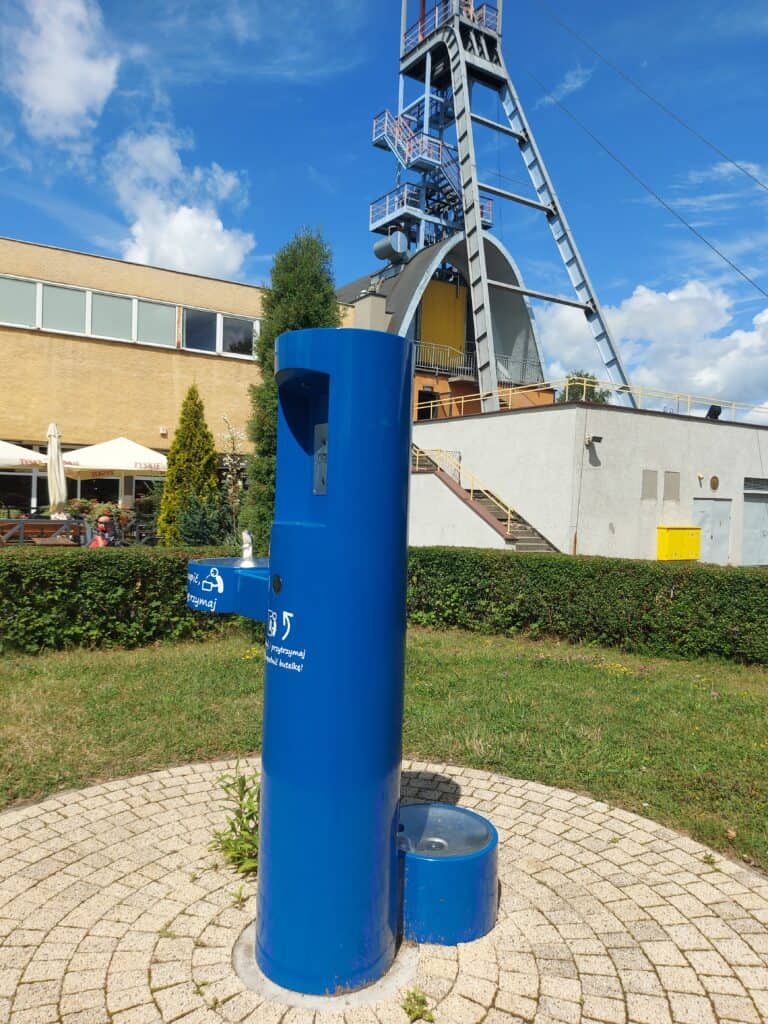
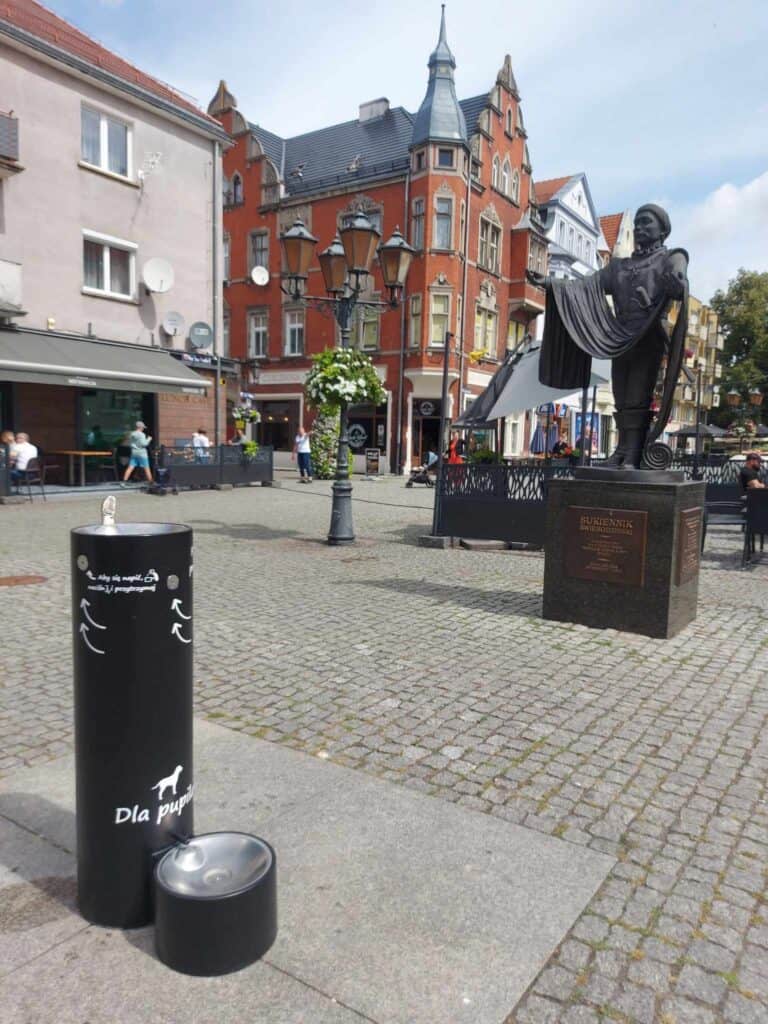
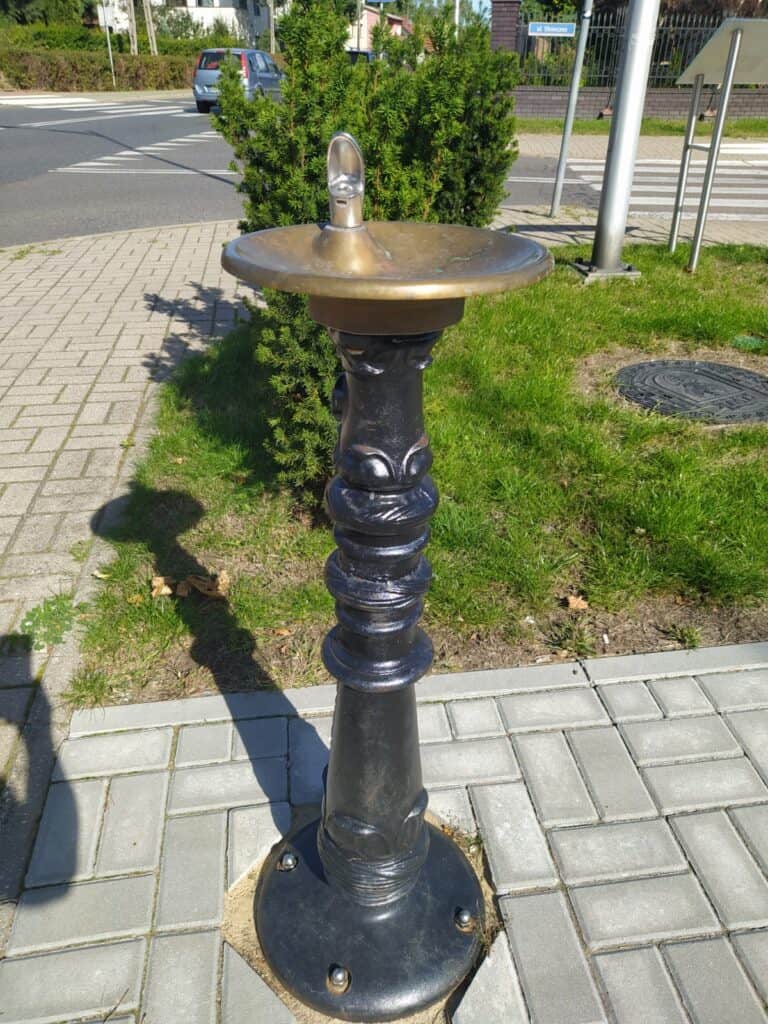
Due to climate change and increasingly hot summers, unrestricted access to drinking water is extremely important, especially during the summer season. Then children, the elderly, as well as residents and tourists alike can ensure that they are properly cooled down and hydrated, despite the high temperatures. Drinking water sources in parks also encourage outdoor activities both adults and parents with children, as they do not have to worry about not having access to water.
Moreover, the initiative to build public drinking water springs has the broad support of the European Union. In 2020, the European Parliament adopted a directive that regulates the quality and public access to drinking water in all countries of the community. This action comes in response to the 'Right2Water' citizens' initiative of more than 1.8 million Europeans demanding improved access to safe drinking water.




